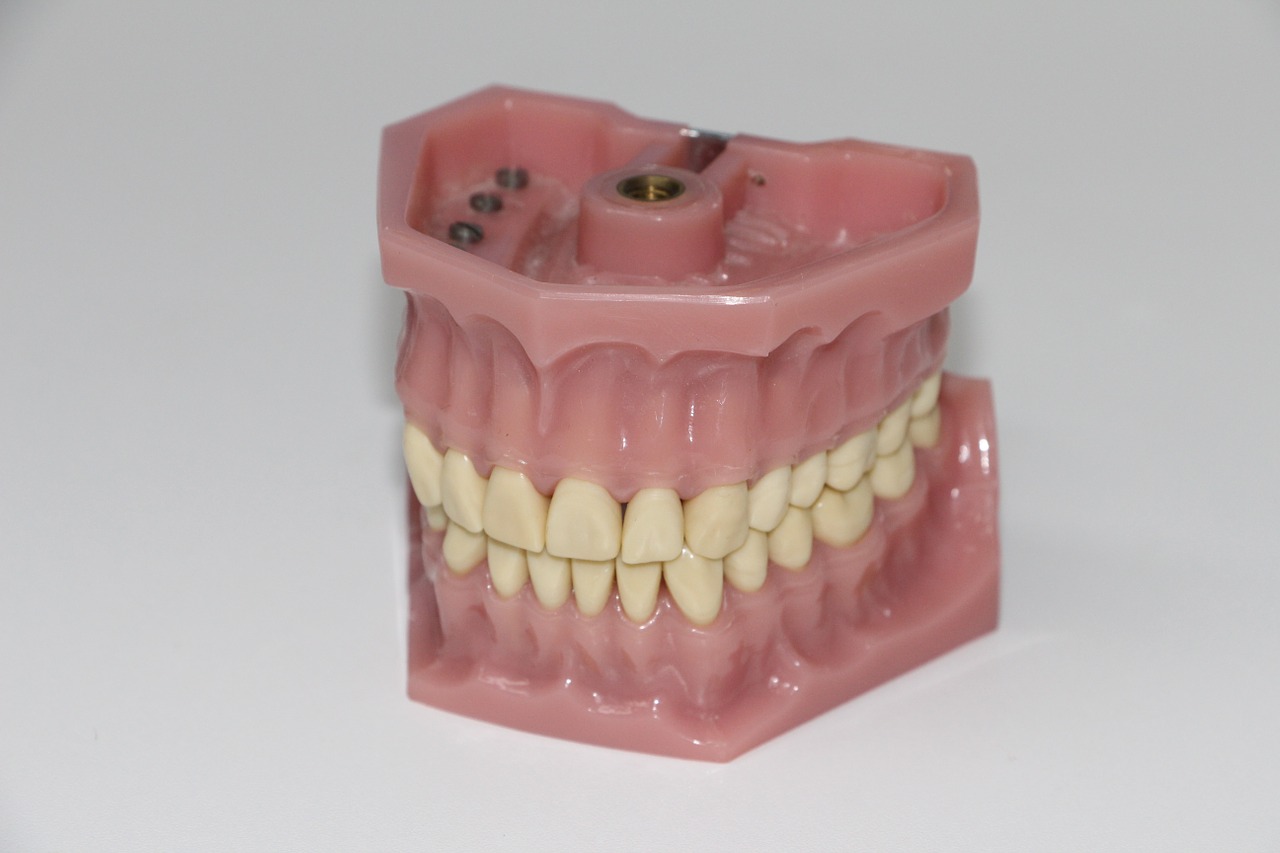The rapid prototyping revolution
Designing and creating new products can be a painstaking and laborious process. Prototypes must first be created and then refined until companies arrive at their finished product. Creating samples can be complex and time consuming, which eats into the bottom line. Consumers never really stop to consider the design process and evolution of the items that they buy in store, but it’s a truly incredible and fascinating design process and lifecycle.
The 3D printer isn’t a new piece of kit. It’s been around for a while now, but it’s only recently that it has become affordable for mainstream business. It’s a huge leap forward in the design process. In fact it’s nothing short of revolutionary and is ushering in a new era of rapid prototyping.
So how does it work? Firstly designers get to work on digital models of whatever it is they want to produce. Once their work is done on the computer then they can then use a 3D printer to literally print out parts and components to then assemble the model of whatever it is they have been working on.
This eliminates all kinds of inefficiencies and costs from the design and prototyping process. No wonder then that this kind of technology is causing such a stir in the business community. It represents a huge leap forward coupled with dramatic cost savings.
All kinds of business across a huge variety of business sectors are waking up to the potential and cost savings of rapid prototyping. It’s as relevant to a firm producing everyday consumer goods and products as it is to engineering and aerospace companies.
Armed with new generation printers the design team can get to work and create new models and prototypes in a fraction of the time previously and without endless delays and additional costs.
For more information please visit – www.laserlines.co.uk



